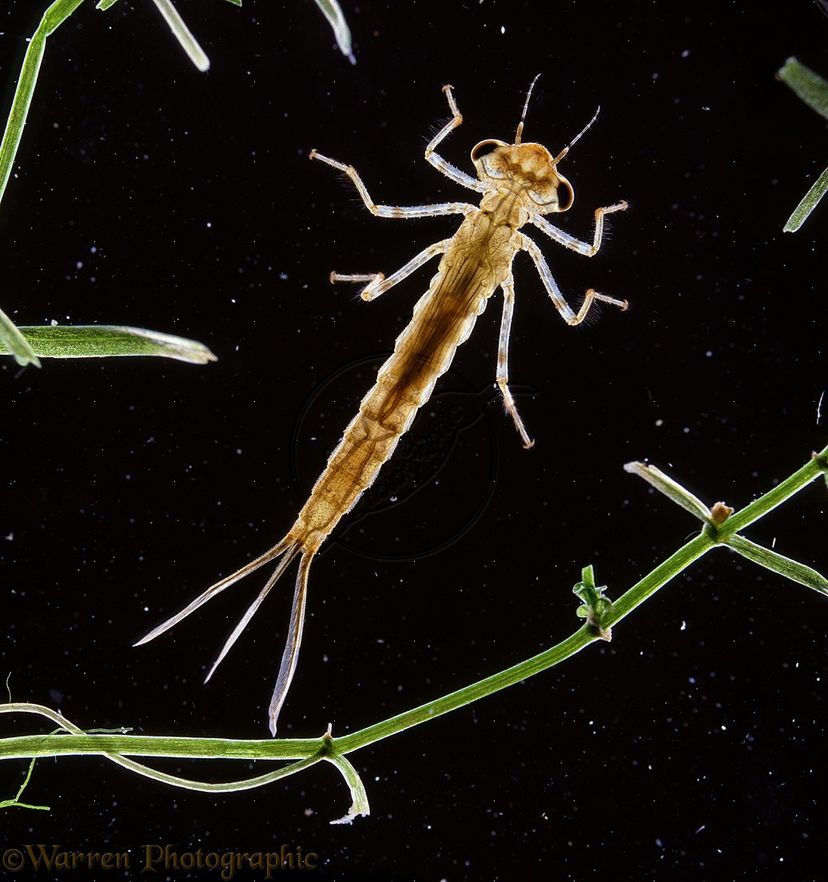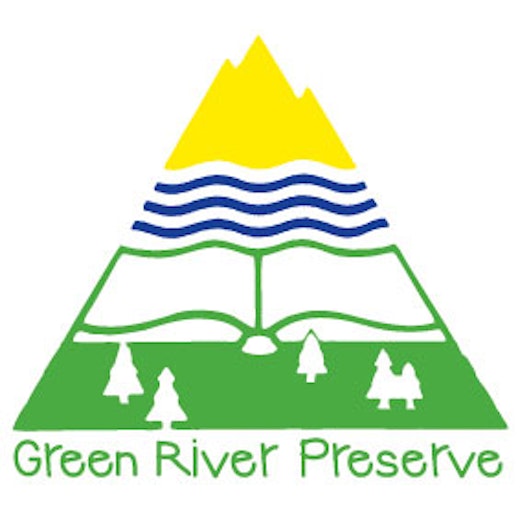Go With The Flow
As GRP Stewards of the Earth, we must accept certain upsetting realities regarding the impact of humans on this little blue planet. The EPA states that “about 44% of assessed stream miles, 64% of assessed lake acres, and 30% of assessed bay and estuarine square miles are not clean enough to support uses such as fishing and swimming.” This pollution comes from bacteria, mercury, urban runoff and sediment among many other substances. Yuck! Water quality testing allows us to understand what the pollutants are, where they come from, and their impact on the ecosystem to better address water pollution head on.
At GRP, I conduct monthly water quality testing and bi-annual aquatic macroinvertebrate stream surveys at a number of sites around the Preserve. The monthly surveys involve testing turbidity (the clarity of the water), pH, width, average depth, temperature, and flow along with a visual survey of the site. Along with a visual survey of the site, the aquatic macroinvertebrate testing involves searching for, counting, and monitoring the presence of the many varieties of critters found streams in the Southern Appalachian Mountains. By monitoring the stream regularly, we can determine how the stream normally behaves, and, hopefully, be able to identify when something is amiss.
Even if you are not conducting turbidity readings and aquatic macroinvertebrate surveys, you can still get to know your local waterways. Observation is key. Observe the smells and sounds your water makes. Notice the color of it, and get to know what is around and upstream of your area. Here at GRP, it was noticing that there are fewer fish in the Green River and that the Hemlocks are dying that led us to begin testing. Remember all water is connected, and keeping one stream clean makes a big difference!
Ways to Protect Your Waterways:
- Get to know a waterway near you. Visit often. Really know it.
- Participate in river clean ups in your local area
http://riverlink.org/
http://eco-wnc.org/category/water-quality/
http://www.ncbigsweep.org/ - Volunteer to test water quality in your area
http://eco-wnc.org/category/water-quality/ - Build a rain garden
- Learn. What makes a healthy aquatic community in your local waterway? What animals and critters live there?
- Adopt your watershed!
http://water.epa.gov/action/adopt/index.cfm
Here are some of my favorite honoree campers (aka aquatic macroinvertebrates) I found while monitoring the Green River and Uncles Creek! Aren’t they the cutest?

(Image credit: aquaticinsectsofcentralvirginia.blogspot.com)

(Image credit: www.warrenphotographic.co.uk)
by Charlotte Pate
Sources:
http://www.epa.gov/waters/ir/
